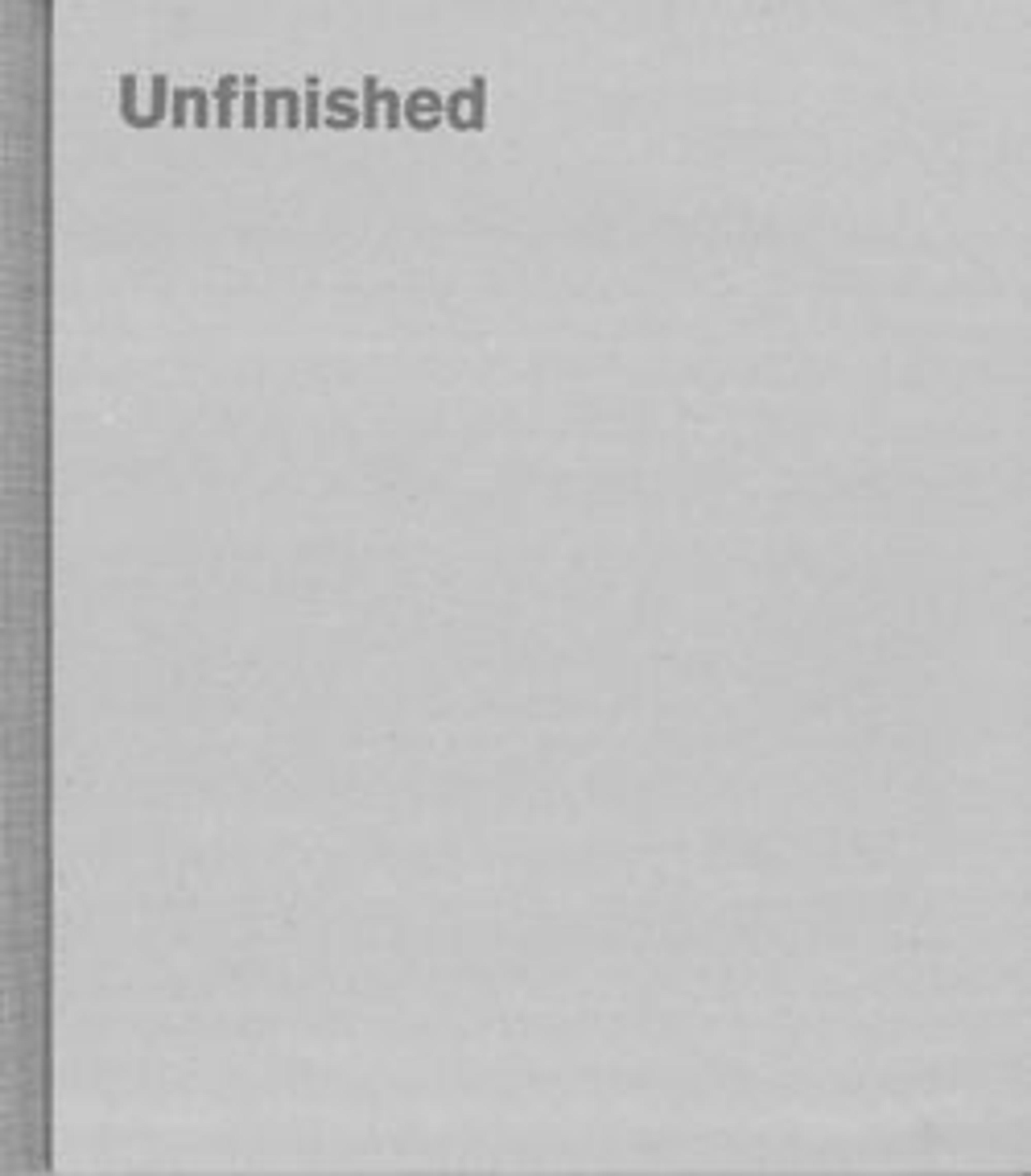The Forest in Winter at Sunset
Artwork Details
- Title: The Forest in Winter at Sunset
- Artist: Théodore Rousseau (French, Paris 1812–1867 Barbizon)
- Date: ca. 1846–67
- Medium: Oil on canvas
- Dimensions: 64 x 102 3/8 in. (162.6 x 260 cm)
- Classification: Paintings
- Credit Line: Gift of P. A. B. Widener, 1911
- Object Number: 11.4
- Curatorial Department: European Paintings
Audio
6052. The Forest in Winter at Sunset
Gallery 802
CHARLOTTE HALE: Years before the term ecology was coined, Théodore Rousseau was a passionate advocate of nature.
KEITH CHRISTIANSEN: This is the Forest of Fontainebleau outside Paris, where Rousseau loved to work. Paintings Conservator Charlotte Hale.
CHARLOTTE HALE: As the sun sets through the tangled mass of naked oak trees, two tiny villagers who have been gathering wood scurry home. All throughout the trees are these flecks of brilliant red, which show the sunset through them. And his low viewpoint means that you really get a sense of the forest being immense, and dense, and there forever.
This painting had special significance for Rousseau. His bold sketch-like depiction of the dense oak trees is a result of over two decades of work, painting, erasing, repainting. And the picture was left unfinished in his studio when he died.
KEITH CHRISTIANSEN: Rousseau’s monumental painting is based on close observation, but the picture was obviously too big to carry out of doors. He was not interested in an effect of immediacy so much as creating a mood of foreboding.
CHARLOTTE HALE: The character of the forest changed radically with the advent of the railway in 1849. Tourists and day-trippers flocked to the forest. At the same time, commercial interests led to the cutting down of old-growth trees. In 1852, a few years after he'd begun this painting, Rousseau made the radical act of petitioning Emperor Napoleon III. He said, "I ask you for protection for these old trees, which for artists are the source from which they derive their inspiration, their joy, and their future, and which are for all visitors venerable souvenirs of ages past." It took time, but he was ultimately successful, making the Forest of Fontainebleau the world's first nature preserve.
Listen to more about this artwork
More Artwork
Research Resources
The Met provides unparalleled resources for research and welcomes an international community of students and scholars. The Met's Open Access API is where creators and researchers can connect to the The Met collection. Open Access data and public domain images are available for unrestricted commercial and noncommercial use without permission or fee.
To request images under copyright and other restrictions, please use this Image Request form.
Feedback
We continue to research and examine historical and cultural context for objects in The Met collection. If you have comments or questions about this object record, please complete and submit this form. The Museum looks forward to receiving your comments.
